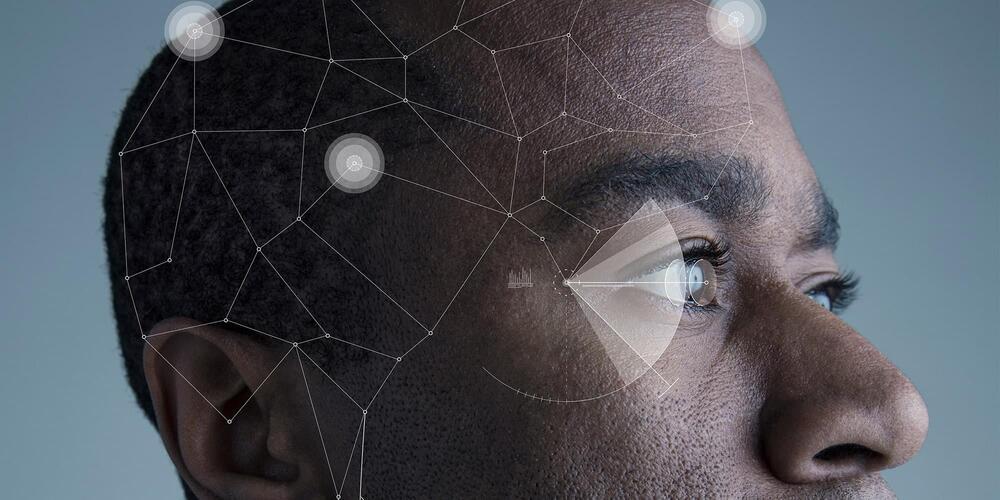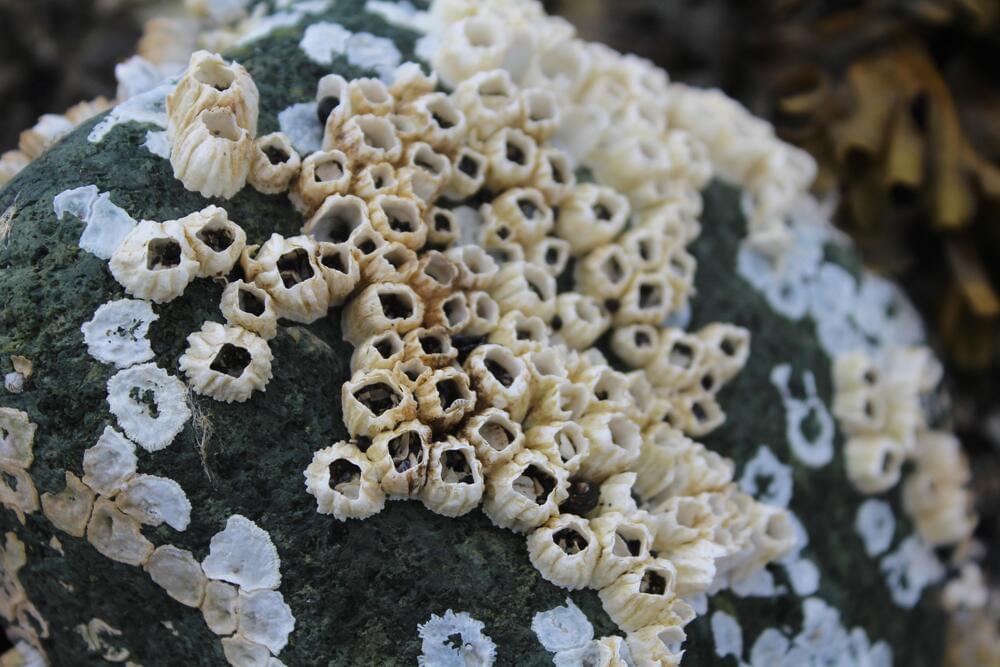In a recently published white paper, imec provided an overview of the building blocks for the next generation of medical implants. Integrating the building blocks into smart chips provides a comprehensive solution that is smaller, smarter and more connected.
Category: biotech/medical
A new type of cell has been identified in the heart that is linked to regulating heart rate – and the discovery promises to advance our understanding of cardiovascular defects and diseases, once these cells have been more extensively studied.
The new cell is a type of glial cell – cells that support nerve cells – like astrocytes in the central nervous system (the brain and spinal cord). Named nexus glia, they’re located in the outflow tract of the heart, the place where many congenital heart defects are found.
The new cell type was first found in zebrafish, before being confirmed in mouse and human hearts too. Experiments on zebrafish found that when the cells were removed, heart rate increased; and when genetic editing blocked glial development, the heartbeat became irregular.
New York Governor Kathy Hochul declared a state of emergency on Friday due to a rise in Covid-19 cases in the state and the threat of the omicron variant.
She said the variant hasn’t yet been detected in the state but that she decided to sign an executive order to allow the health department to limit non-essential, non-urgent procedures at hospitals and acquire critical supplies more quickly. The order takes effect Dec. 3 and will be re-assessed based on the latest data on Jan. 15.
“We continue to see warning signs of spikes this upcoming winter, and while the new omicron variant has yet to be detected in New York state, it’s coming,” Hochul said.
For the first time, researchers appear to have effectively treated a genetic disorder by directly injecting a CRISPR therapy into patients’ bloodstreams — overcoming one of the biggest hurdles to curing diseases with the gene editing technology.
The therapy appears to be astonishingly effective, editing nearly every cell in the liver to stop a disease-causing mutation.
The challenge: CRISPR gives us the ability to correct genetic mutations, and given that such mutations are responsible for more than 6,000 human diseases, the tech has the potential to dramatically improve human health.
Scientists have designed new pain-relieving compounds that, like morphine and other drugs, provide pain relief via activation of opioid receptors, but without inducing unwanted side effects.
MIT researchers design glue that mimics the sticky substance barnacles use to cling to rocks.
A team of researchers from Harvard University and Brigham and Women’s Hospital, Harvard Medical School, has developed a type of living ink that can be used to print living materials. In their paper published in the journal Nature Communications, the group describes how they made their ink and possible uses for it.
For several years, microbial engineers have been working to develop a means to create living materials for use in a wide variety of applications such as medical devices. But getting such materials to conform to desired 3D structures has proven to be a daunting task. In this new effort, the researchers have taken a new approach to tackling the problem—engineering Escherichia coli to produce a product that can be used as the basis for an ink for use in a 3D printer.
The work began by bioengineering the bacteria to produce living nanofibers. The researchers then bundled the fibers and added other ingredients to produce a type of living ink that could be used in a conventional 3D printer. Once they found the concept viable, the team bioengineered other microbes to produce other types of living fibers or materials and added them to the ink. They then used the ink to print 3D objects that had living components. One was a material that secreted azurin—an anticancer drug—when stimulated by certain chemicals. Another was a material that sequestered Bisphenol A (a toxin that has found its way into the environment) without assistance from other chemicals or devices.
Exposure to deep red or near-infrared light can improve the function of the eye’s mitochondria, the powerhouses in cells, resulting in slight but lasting improvement to declining eyesight.
The plant-based antiviral agent thapsigargin (TG), derived from a group of poisonous plants known as ‘deadly carrots’, appears to be effective against all variants of SARS-CoV-2 in the lab – and that includes the quick-spreading Delta variant.
A previous study published in February demonstrated that TG can be effective against a host of viruses. Now, this latest work by the same research team confirms that the antiviral also isn’t being outflanked as SARS-CoV-2 evolves. With the emergence of new variants an ongoing possibility, it’s intriguing to observe the continuous efficacy of TG.
In tests on cell cultures in the lab, doses of TG delivered either before infection or during active infection were shown to block and inhibit SARS-CoV-2 variants, triggering a broad and powerful protective response.
(CNN) — A British man has become the first patient in the world to be fitted with a 3D printed eye, according to Moorfields Eye Hospital in London.
Steve Verze, who is 47 and an engineer from Hackney, east London, was given the left eye on Thursday and first tried it for size earlier this month.
Moorfields Eye Hospital said in a press release Thursday that the prosthetic is the first fully digital prosthetic eye created for a patient.









